I don’t usually watch scary movies. I was an English major, I know about the willful suspension of disbelief. Even knowing Audrey Hepburn still stands at the end of Wait Until Dark won’t get me to watch the film again. Even knowing it isn’t real and she isn’t in danger — and even for the second time — it’s hard to prepare for the terrifying change at the end of the film.
Suspecting that change is coming, how do you prepare for it? Tighten your muscles, squeeze your eyes shut, hold your breath? Welcome it with a pulse of excitement? Laugh with pleasure at the unexpected twist of a punchline?
We are in the month of Elul, the last month of the Jewish year. I know that the daily weekday morning prayers end every day with the call of the shofar, the ram’s horn, more commonly recognized from its cameo appearance in services on Rosh Hashanah, the Jewish New Year’s Day. And yet each morning the sound of the shofar is a jarring reminder of the passage of time, that another year is about to end, and a new one, with all its possibilities, about to begin.
It is an uncomfortable, and sometimes scary and even terrifying, sound.
The change we don’t control can be scary. Yeats described a world of changes as “Things fall apart; the centre cannot hold; Mere anarchy is loosed upon the world.” I remember 60’s chanting for change — now. Out with the old and in with the new. Even if we couldn’t control the change. Even if the new was . . . worse. Then I heard, but only partially understood, the rejoinder “if what you want is change just wait until tomorrow.”
At the very beginning of the Jewish people God instructs Moses to tell Pharaoh that a new reality was coming – My name is I will be what I will be. The old way — the Egyptian reality nothing is new under Ra, the Sun God, is out. The new reality — deliberate mindful change — is exemplified by reckoning time as constantly changing, under the moon.
The message of Elul — whose letters hint at the Hebrew acronym “I am for my beloved” – is to learn the lesson of change from the moon. Although this phrase, from the Song of Songs, is heard at weddings as an emblem of romantic love, it also represents our yearning to be god like – for my beloved – in our lives. True change cannot be what we cannot control: “I will be what I will be,” not I will be what the world forces on me. The change need not be immediate and overwhelming; the phases of the moon change incrementally, ever so slowly.
The message of the shofar in Elul is that change is coming — and we can change ourselves if we make it so. In the last pre-Elul Torah portion this year, Re’eh (D’varim Chapter 14), there is a suggestion of one place to start. “You are a holy people . . . you are what you eat.” We can’t control the moon and sun, or all the people around us; we can try to make a change in ourselves. Be it vegetarianism, or kashrut, or simply a recognition of holiness — for my beloved — in the act of eating, we have the opportunity to bring about a change in ourselves and prepare for a new – and better – year. Shanah Tovah!
This weeks blog was written by Stephen Kapnik and Dr. Anne Goldberg. They are both first year Kabbalah Experience instructors.


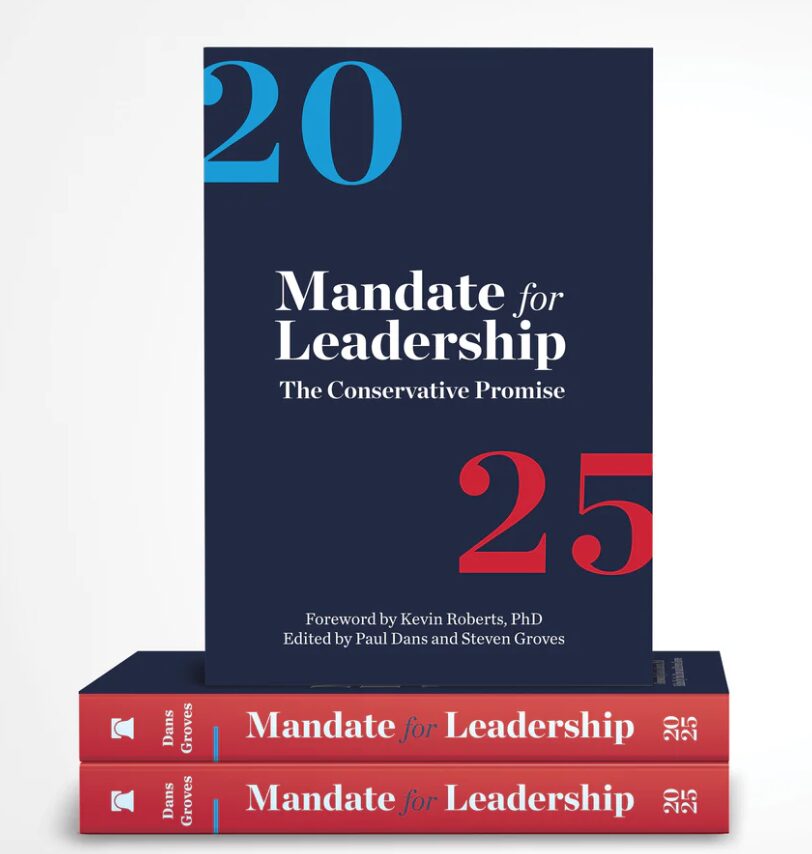


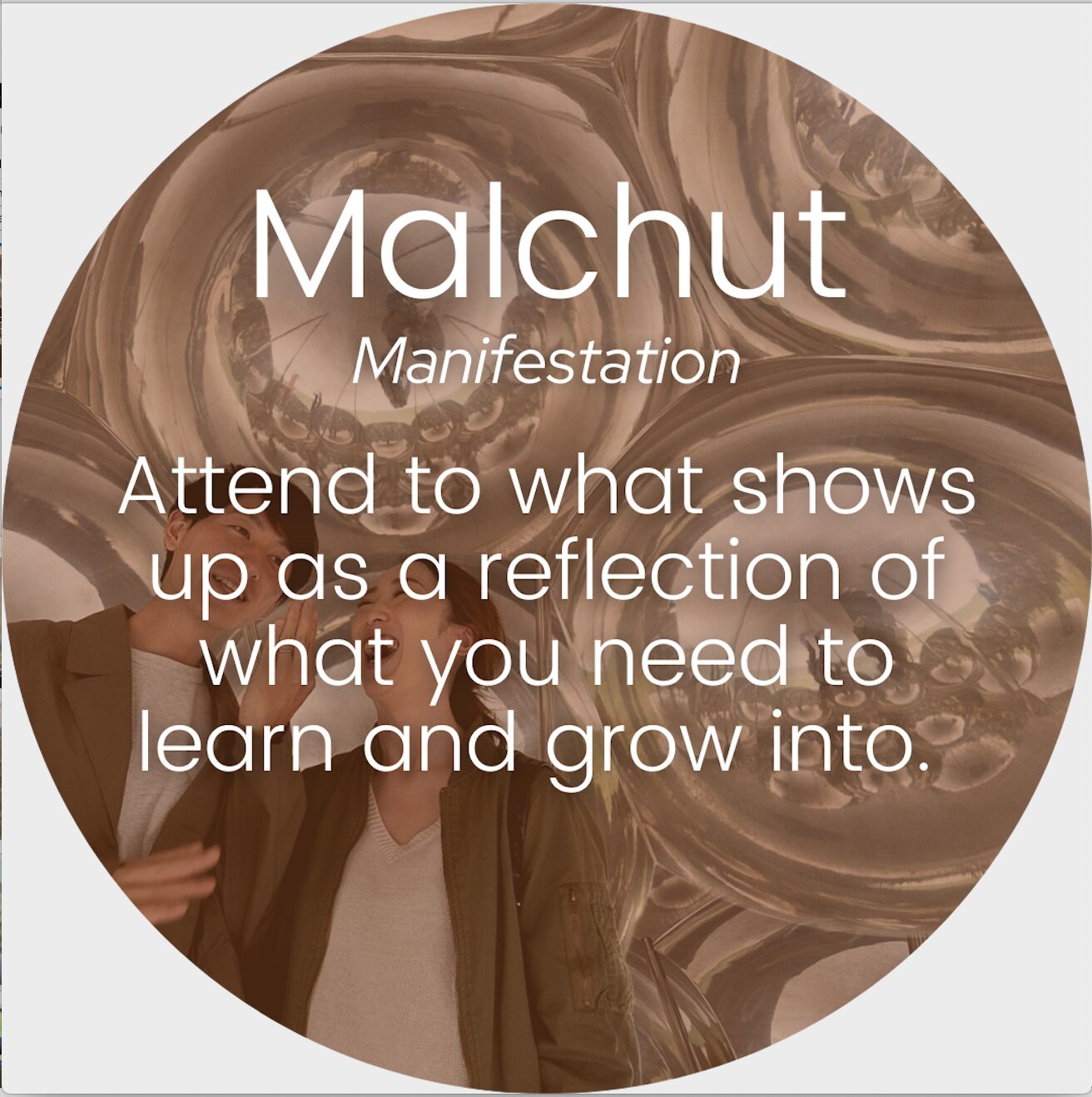
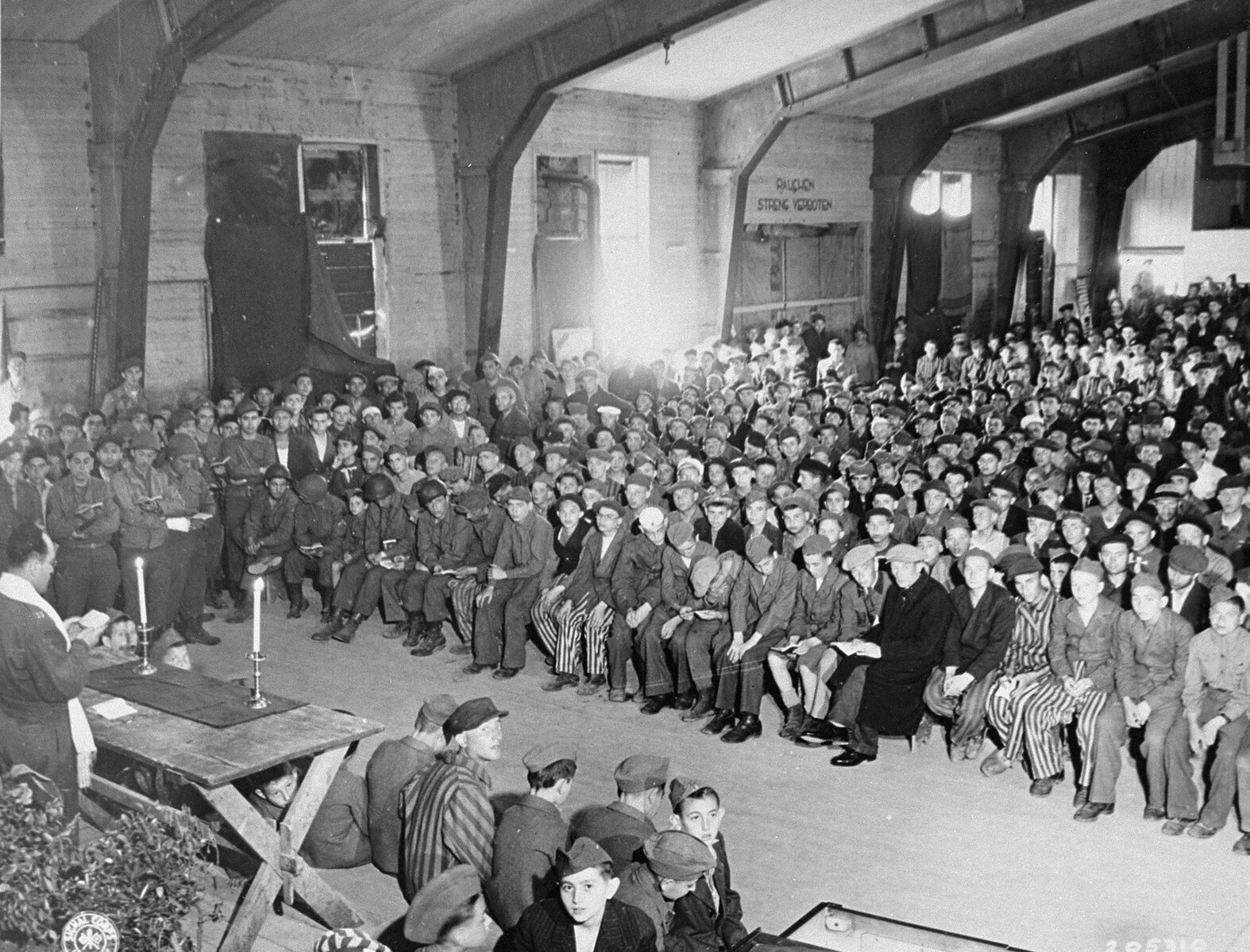
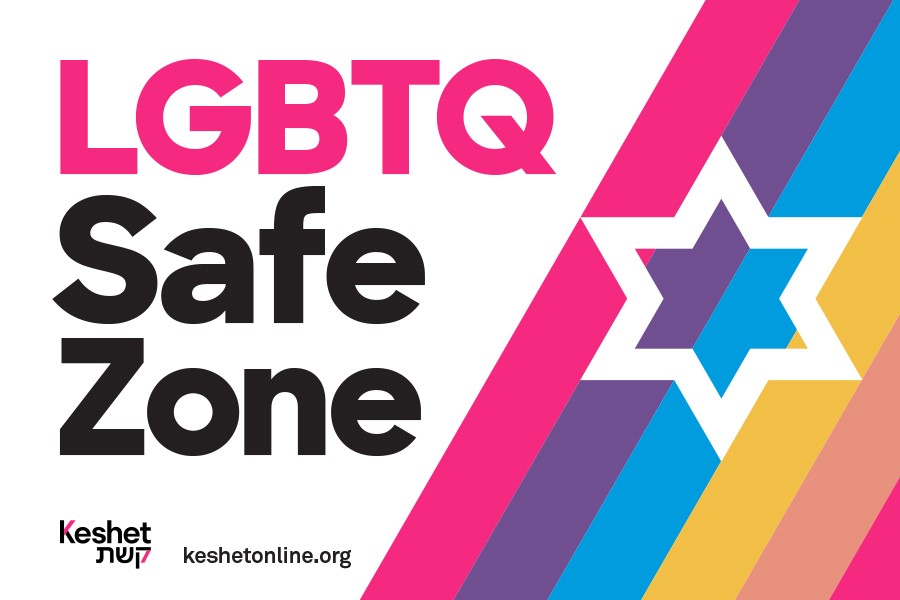
0 Comments